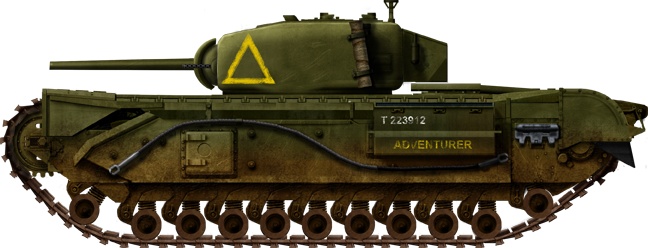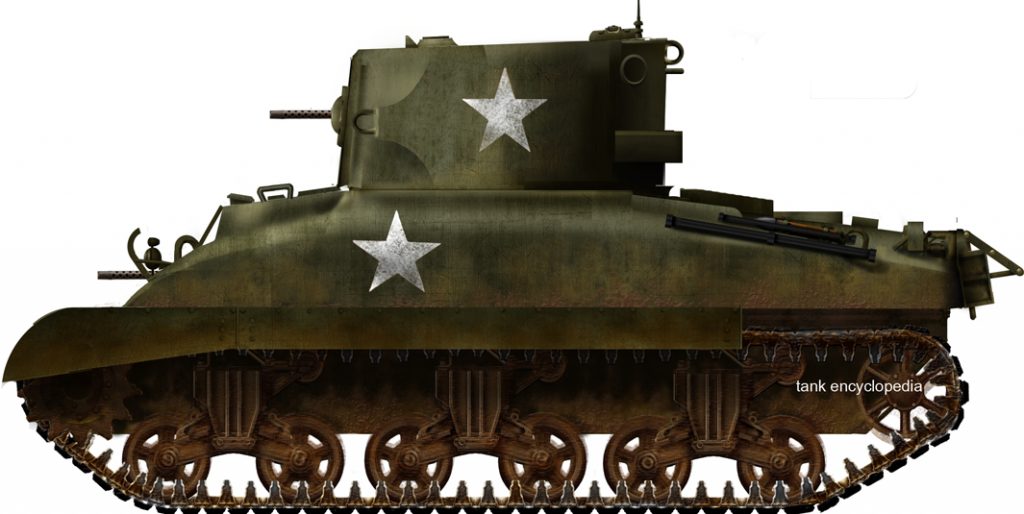1 October 1936. 11:00hrs. Newcastle-Upon-Tyne. England.
The Vickers-Armstrong Design Department had plenty of experience in designing tanks, and their latest work, the Mark VIB Light Tank, had just entered into production. The order book was looking quite full, and with the A9, A10 and A11 being designed, the Design Department, headed by Sir John Carden, was extremely busy.
Carden had just arrived back from Rolls-Royce. The fact that the Phantom engine had proven unsuitable for the A9 had led him back to the manufacturer in his search for a more powerful alternative. Rolls-Royce were clear that this particular engine was the most powerful engine they had, outside of their aero-engines. That had led to a discussion about the use of Rolls-Royce engines in land speed records. George Eyston’s Speed of the Wind and Malcolm Campbell’s Blue Bird had both used Rolls-Royce engines to break records. The Blue Bird’s R V12 engine, providing about 2300hp was something the Rolls-Royce was particularly proud of. What Speed of the Wind was using, an un-supercharged Kestrel, provided the car with just under 500hp, and had shown itself well suited for the endurance records. Harry Ricardo had also made a diesel version of the Kestrel, providing 340hp, allowing Eyston’s team to make create diesel land speed records just a few months earlier that year.
Carden’s friend, Giffard Martel, had shared his experience of seeing Russian tanks being powered by aero-engines that had made a mighty difference in the light tank to its speed, and as able to drive a heavier tank at a good pace. His company, Vickers-Armstrong, wanted to replace the Phantom engine in the A9 with an AEC bus engine producing 110hp. Carden wasn’t convinced that the power needed to drive a double-decker bus around London’s road was the same that a tank needed. The size of the Soviet T-28, at 25 tons, was more likely to be future of tanks, rather than the 16 ton limitations that were currently placed on tanks. Having an engine providing more like 500hp really had to be the future, a tank would need something in the region of 20hp per ton to be truly mobile. He noted that the 70hp Ford V8 that was going into the A11 infantry tank was fundamentally the same engine that was in the Universal carrier, and the difference was between pushing 11 tons at 8mph or 3 tons at 30mph.
The problem that the Rolls-Royce people identified was that the price per engine might be a problem for the treasury. After all, if they were only ordering a few hundred tanks for a tank brigade, then there wouldn’t be much profit in setting up a production line for an engine that would have such a limited run. Roy Robotham had suggested some of the older V12 engines might be worth looking at, there were some old Eagles lying around doing nothing, and the Rolls-Royce Condor had also been produced in a diesel form, if Carden was interested in using that rather than petrol. He knew there were some other manufacturers who had V12s that weren’t bad. Napier’s Lion had been used by John Cobb’s Napier-Railton which had done well the previous year in land speed records. If he remembered correctly that provided the kind of horsepower that Carden was talking about.
Bringing all this together at the Design Team meeting, it was clear that the company weren’t keen on looking at aero-engines, which were just so much more expensive than bus engines. The War Office hadn’t designated the kind of horsepower that Carden was talking about. Management were persuaded to allow Carden to test putting the Meadows six cylinder engine used in the Mark VIB light tank into the A11E1 prototype. It was only an extra 18hp over the Ford, but it might give the tank a slightly better performance and shouldn’t change the price too much. As for the A9E2, the AEC Type A179 6-Cylinder Petrol, providing 150hp would be used instead of the Rolls-Royce Phantom, as planned. Carden insisted that the A10E1, which would be much heavier than the A9, would need something nearer 300hp if it was expected to carry the 30mm armour at a cruiser’s speed. Rolls-Royce had offered Carden a couple of second-hand Eagle IX engines for experimentation. They were long in the tooth, but he reckoned the time spent figuring out how to turn an aero-engine into a tank-engine would be time well spent. It would at least either prove or disprove his theory that future tanks would need more powerful engines.

 tanks-encyclopedia.com
tanks-encyclopedia.com
